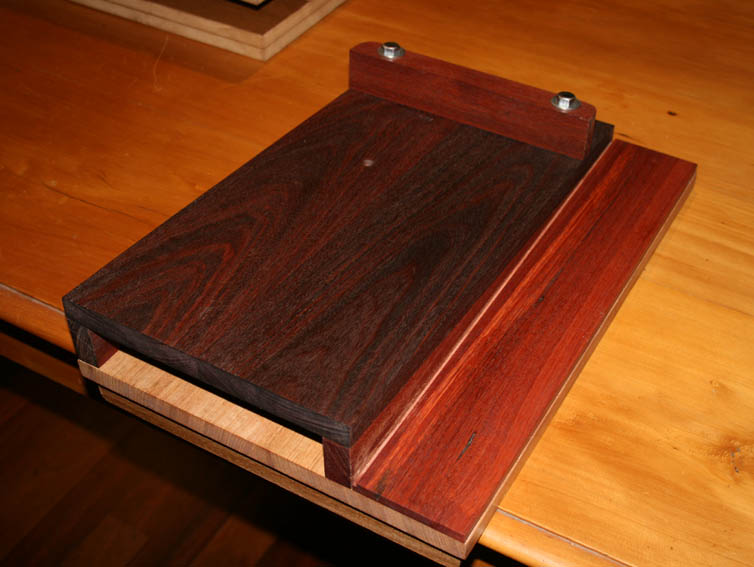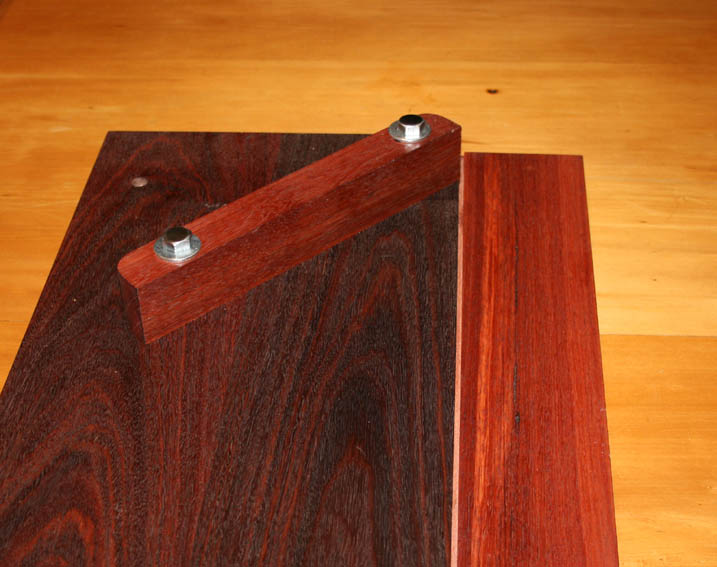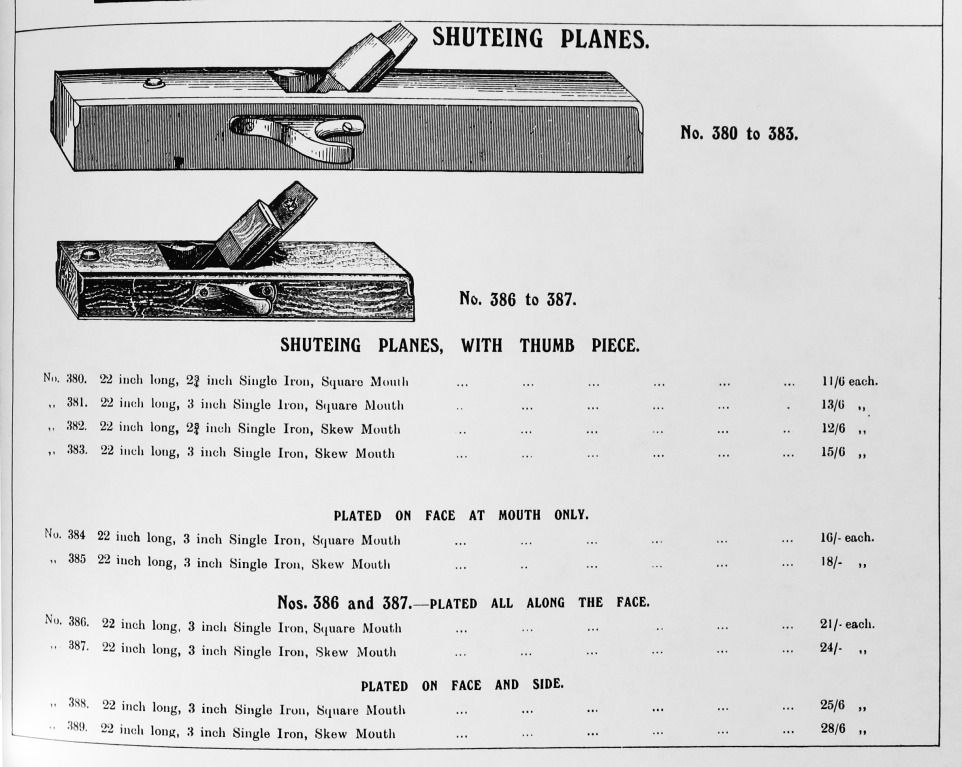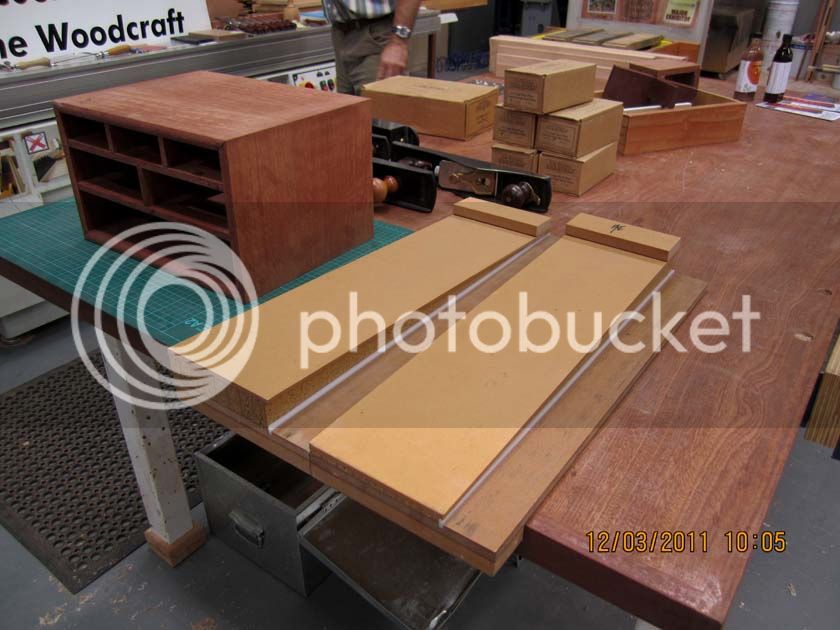heimlaga
Established Member
I have a need for some way to smooth end grain and mitres and according to information on the internet I should build a shooting board.
I often work in our native pine which splinters easily so I will need a dedicated shooting board plane with a skew blade. I have made a dozen or so planes before so planemaking in itself is no problem. The problem is finding out the right size and shape of a good shooting board and it's plane,
Please educate me and save me from having to make too many prototypes!
I often work in our native pine which splinters easily so I will need a dedicated shooting board plane with a skew blade. I have made a dozen or so planes before so planemaking in itself is no problem. The problem is finding out the right size and shape of a good shooting board and it's plane,
Please educate me and save me from having to make too many prototypes!








